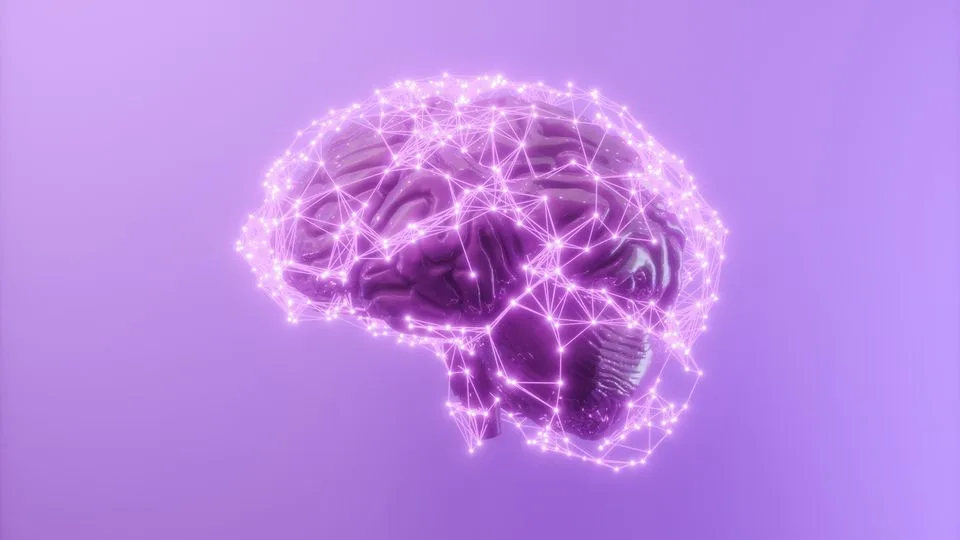New research from Scripps Research identifies a brain circuit in the thalamus that traps alcohol users in a cycle of addiction driven by pain avoidance, not pleasure-seeking.

October 7, 2025

Source:
Medical Xpress
Rethinking Addiction's Roots
Researchers at Scripps Research have identified a specific brain circuit that helps explain the stubborn cycle of alcohol addiction. The findings challenge the long-held belief that addiction is driven primarily by the pursuit of pleasure.
Instead, the study reveals that for many, addiction is a matter of pain avoidance.
The Thalamus's Critical Role
The key to this discovery lies in a small but powerful brain region: the paraventricular nucleus of the thalamus (PVT). This area acts as a central hub, processing information about stress, motivation, and emotion.
During chronic alcohol use, the PVT undergoes significant changes. This research shows the region becomes hyperactive when an individual learns that alcohol can relieve the negative feelings of withdrawal. A powerful neural link is formed, associating alcohol with relief from distress.
This insight helps explain the high rates of relapse among those with alcohol use disorder, as the brain is rewired to seek alcohol not for a rewarding high, but for an escape from a negative state.
Keep up with the story. Subscribe to the PR+ free daily newsletter

Source:
Technology Networks
The Brain's Chemical Signals
The paraventricular thalamus (PVT) uses a complex system of chemical messengers, known as neuropeptides, to regulate behavior. These signals can either encourage or suppress alcohol consumption, depending on where and how they are released.
Key Chemical Modulators
Three neuropeptides play crucial roles in how the PVT influences alcohol addiction:
Orexin (Orx): This peptide is strongly linked to stress-induced relapse in reward-seeking behavior. Orexin signaling in the PVT directly impacts patterns of alcohol consumption.
Substance P (SP): When released in a specific part of the PVT, Substance P actively promotes alcohol consumption, according to the National Institute on Drug Abuse (NIDA).
Neurotensin (NTS): In contrast, neurotensin appears to have a protective effect. Delivering NTS to another part of the PVT reduces alcohol intake, especially in high-drinking individuals.
A Region Divided
The PVT is not a uniform structure. It has distinct anterior (aPVT) and posterior (pPVT) subregions. The aPVT is more associated with reward-related behaviors, while the pPVT is more closely tied to stress responses. This division explains why neuropeptides have different effects depending on their location.
Read More

Source:
ScienceDaily
Share this news:




















